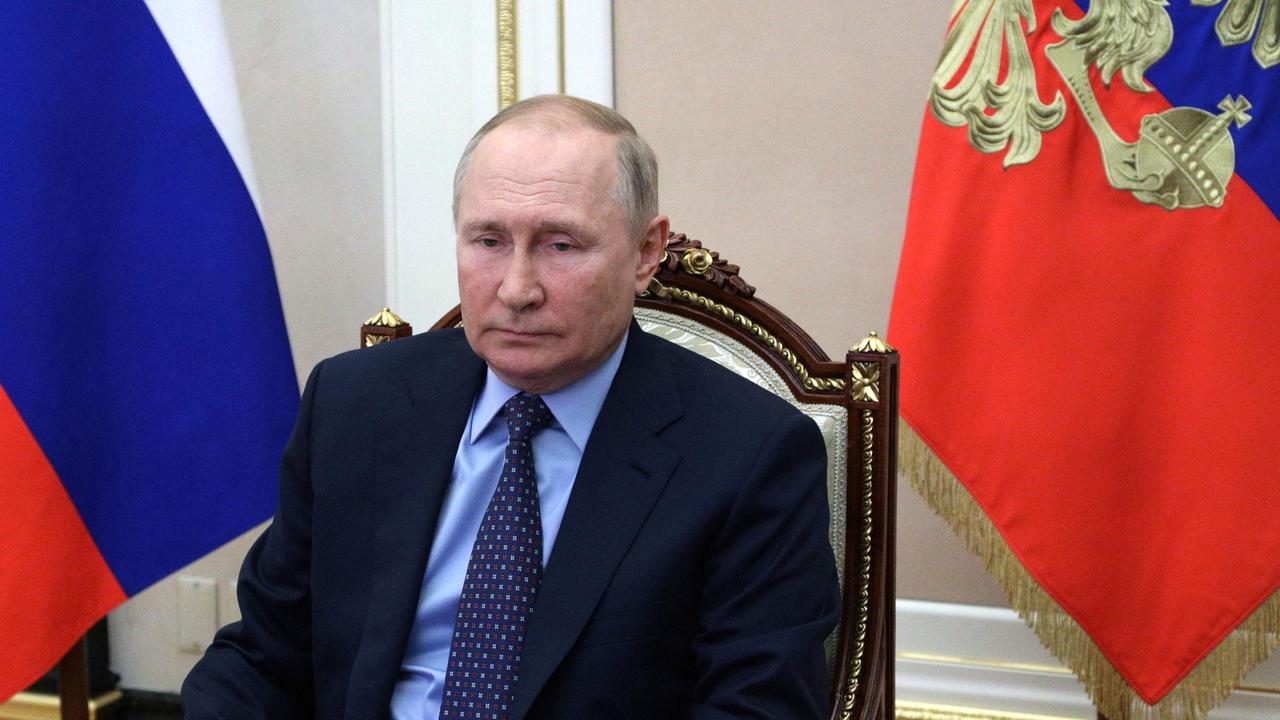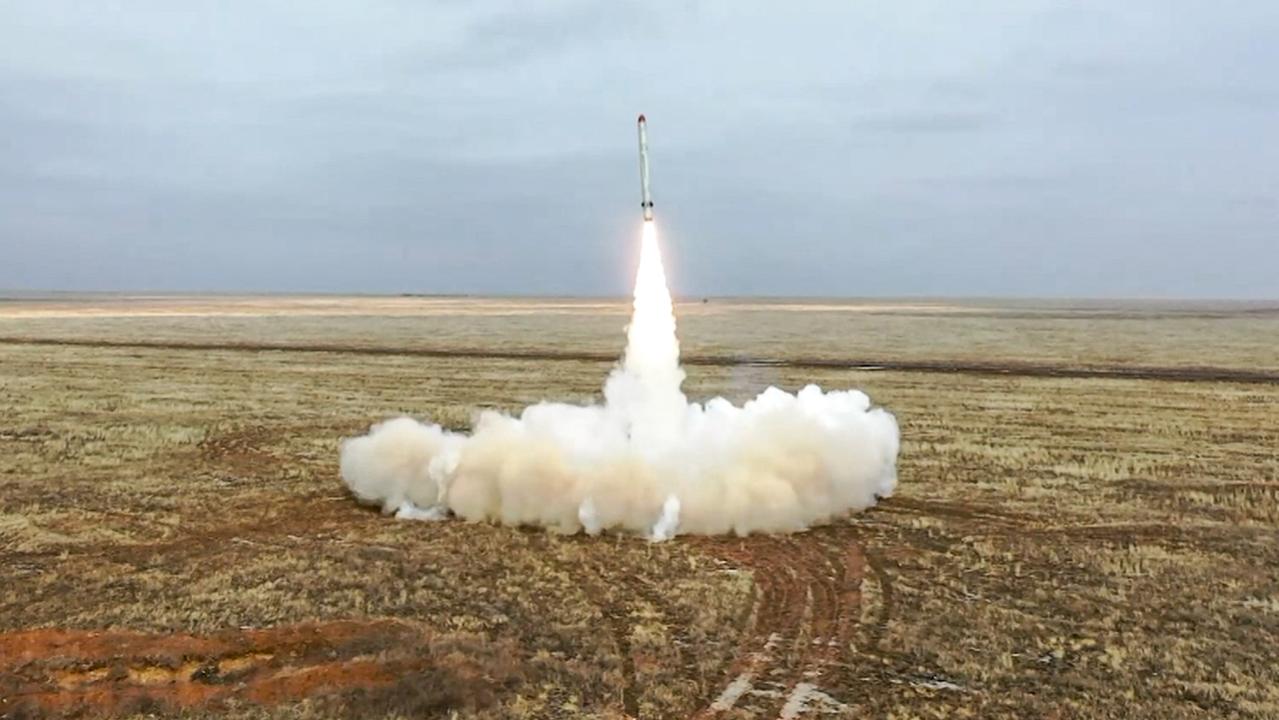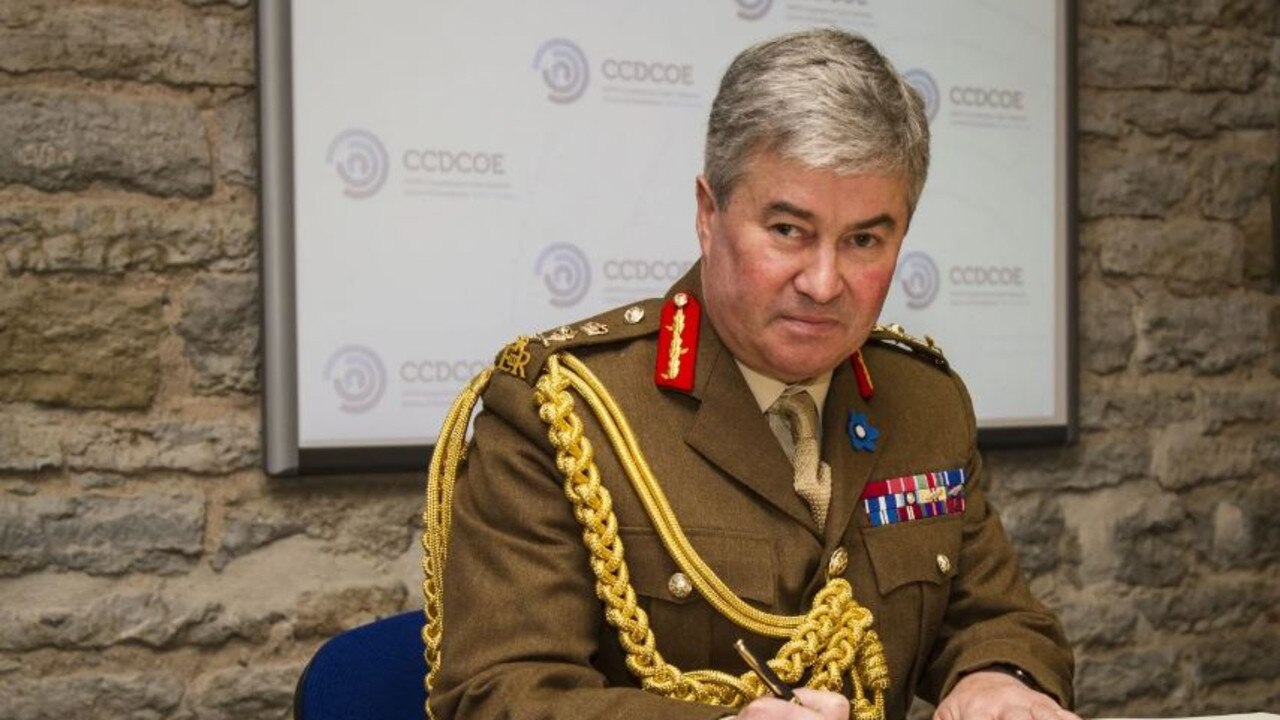Putin could use nuclear weapons in early 2023, British general warns
Sir Richard Barrons warned the Russian tyrant is “likely” to use tactical nuclear weapons if he faces being driven back in Ukraine.

Vladimir Putin is not afraid to use nukes - and could resort to such a strike as soon as early 2023, a top British general has warned.
Sir Richard Barrons warned the Russian tyrant is “likely” to use tactical nuclear weapons if he faces being driven back in Ukraine, The Sun reported.
The decorated commander - who retired in 2016 - explained that the Russian doctrine accepts the use of small nuclear weapons as a means of “coercion”.
“It would be the first use of nuclear weapons for 77 years, breaking an enormous taboo, but this is not inconceivable to Russians if the ends justify it in their eyes,” he wrote in The Sunday Times.

Sir Richard warned the West needs to consider the fact Putin is now “likely to employ tactical nuclear weapons” if he faces being pushed back in Ukraine.
And with Ukraine expected to begin a new offensive to try to drive out the Russians, the leading general said Russia could put nukes on the table as soon as the early months of 2023.
Sir Richard wrote: “A broader Ukrainian offensive and mobilisation expected as soon as next (European) spring could lead to battlefield successes and the liberation of land seized by Russia.
“This might create other risks.
“If Putin senses defeat, will he be tempted to use tactical nuclear weapons to change reality on the battlefield?”
He explained that a Russian nuclear strike in Ukraine would not be using massive city-killing bombs which could completely level parts of London or New York.

Russian doctrine instead demands smaller weapons for such battlefield use - possibly less powerful than the nukes dropped on Hiroshima and Nagasaki by the Americans to end World War Two.
Even the comparably “small” size of these weapons - the Fat Man and Little Boy - killed more than 200,000 people and wrought unspeakable horrors on the two cities.
Sir Richard suggested a situation where a 10kt warhead could be detonated by the Russians - potentially delivered by an Iskander missile.
“These weapons exist for just the sort of circumstances the war in Ukraine may lead to, so nobody should claim total surprise if they are used,” he said.
The general suggested the use of a nuclear weapon in Ukraine could be a breaking point for the West - potentially leading to a wider intervention and an effort to remove Putin.
And he warned of the wider consequences of the nuclear taboo being shattered after three quarters of a century, with nations such as China, India and Pakistan all nuclear armed and often teetering on a knife edge of geopolitical tensions.
Ukraine meanwhile is facing a “long, bitter winter” as the war rolls on.
Kyiv has boasted it hopes to recruit a one million-strong army to drive the Russians back - but all these soldiers have to be equipped and supplied should the offensive be successful.
Putin had hoped his war would be over in a matter of days, with it suggested he could potentially launch a blitzkrieg assault to seize Kyiv.

But this never happened - and some 164 days on the war continues to be a bloody, brutal and grinding conflict laced with unspeakable atrocities committed by the Russians.
And with every day, week and month that sleeps by, the looming shadow of nuclear war is cast long over Ukraine.
Russia is thought to have around 2,000 nuclear weapons in their arsenal in the form of small yield missiles, torpedoes and artillery shells.
Moscow’s war doctrine is believed to be open to using nuclear weapons in a conventional conflict as an intimidation tactic - and use of such a weapon must be signed off personally by Putin.
The tactic became known as “escalate to de-escalate”.
Moscow has previously practiced such strategies in the field - such as simulating a Nato attack on the Russian enclave of Kaliningrad.
The scenario saw the Russian forces strike back at the invading West by firing nuclear arms at Poland and the US.
And these drills are believed to have taken place in the nineties and noughties, with tactical nukes used for both offence and defence.
The weapons lack the truly terrifying devastating destructive power of the biggest Cold War-era weapons - such as the Tsar Bomba.
A single 58 megaton Tsar Bomba could cause devastation across 50 miles area, kill millions of people, send a shockwave that would circle the globe three times, and cause a mushroom cloud visible for 500 miles.
Such a bomb was deemed far too big to ever be used due to the potentially apocalyptic consequences of such a nuclear exchange.
But that sort of thinking is what has pushed war planners to develop and potentially use tactical - as opposed to strategic - nuclear weapons.
This story originally appeared in The Sun and has been reproduced with permission



